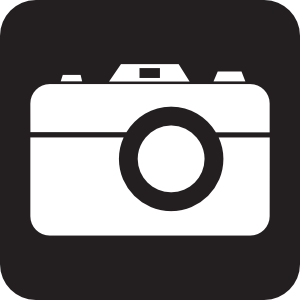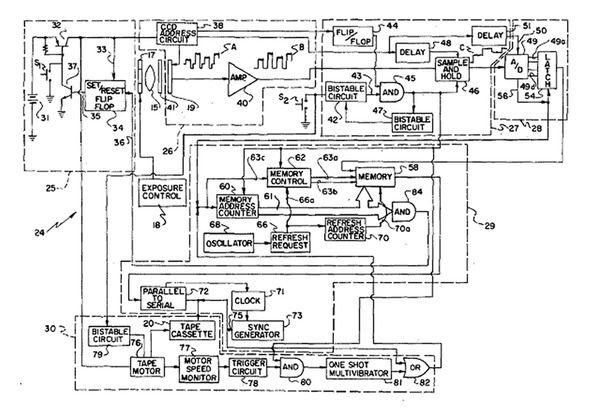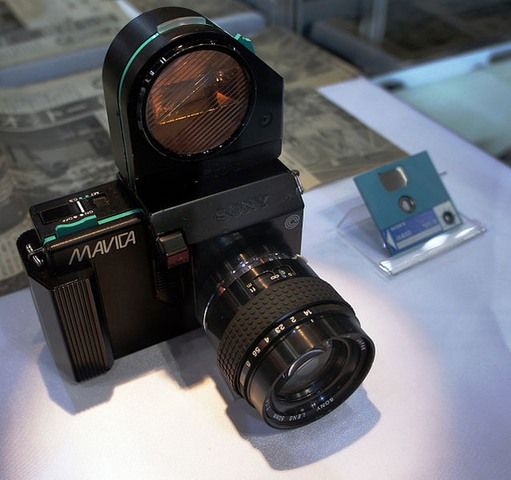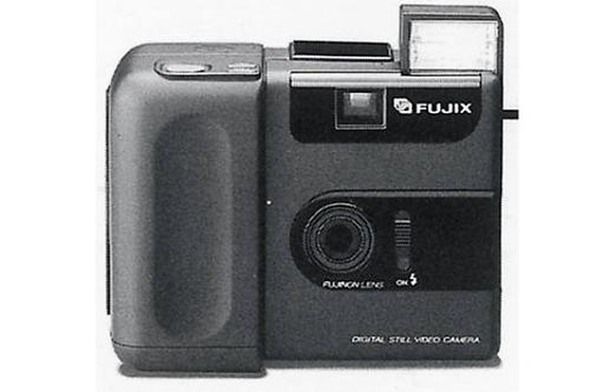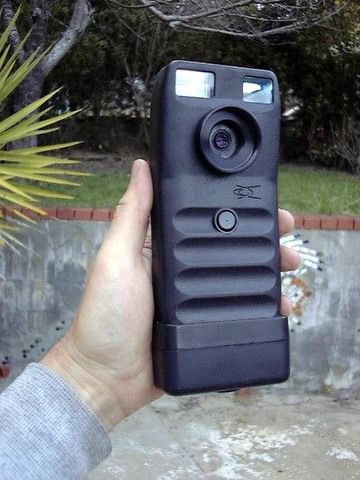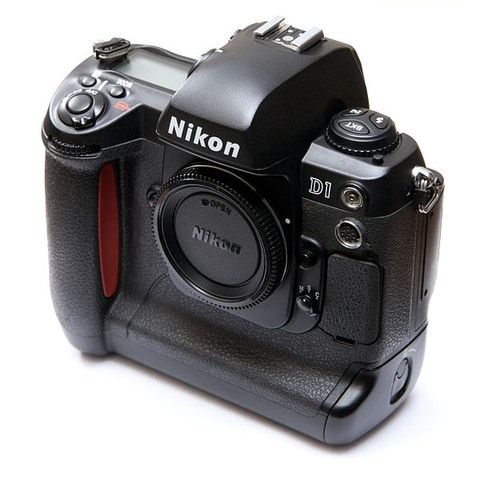The digital camera has taken more than 35 years of technological advancement to reach its current stage of development. The journey from original concept to the all-singing devices we have access to today has been long, and still new technologies in photography emerge. I’m already excited about what the next 35 years might bring.
In 1975 the first digital camera came to be after an engineer for Eastman Kodak was tasked with creating what was then dubbed an “electronic camera”. The ensuing breakthrough laid the building blocks for digital photography as we know it today. We now live in an era where it sometimes feels like cameras are slapped onto devices as afterthoughts, so it’s important to look back and appreciate the path to our modern “snap and forget” habits.
The First Digital Camera Used Cassette & Was Slow & Heavy
The world’s very first digital camera was built in 1975 by Eastman Kodak employee Steven Sasson who was asked to build an electronic camera using a charge coupled device (CCD). Such a device has become an important component in digital imaging and it was the CCD which allowed Sasson to record a 100x100 (.01 MP) black and white image using his invention.
Using the CCD to capture the image, Sasson’s electronic camera then wrote them to cassette. This rather analog process took 23 seconds to complete. The device he had created was indeed just what the brief had stated - an electronic camera which weighed 8lbs (3.6KG) and was the size of a toaster. Because the device used a solid chip rather than tape or film like conventional cameras, Sasson had created the world’s first digital camera. You can view the patent the device was awarded here.
"Still Video Cameras" Were An Important Stepping Stone Towards The First Truly Digital Cameras
Before cameras were really digital, the “still video camera” emerged with the unveiling of the Sony Mavica in Tokyo in August 1981. These types of cameras are considered predecessors to the standard digital camera, and the original Mavica (which stood for magnetic video camera) came in SLR format, with interchangeable bayonet lenses.
Complete with a CCD capable of recording 570×490 resolution images, then considered broadcast quality, the Mavica was not digital as it produced an analog NTSC signal. The camera stored footage on magnetic floppy disks called “Mavipacks”, which the industry later renamed Video Floppies. The nature of a still video camera meant that the device recorded several still frames to disc which when played back in succession created a moving image.
The World’s First Digital Camera Was (Apparently) The Fujix DS-1P
In 1988 Fujix, a company best known for film, introduced the world’s first digital consumer camera - the DS-1P. According to the limited resources available that document the invention (Fuji’s Japanese website for one), it came with a 400 kilopixel CCD sensor and stored images as files on removable solid state memory cards. The whole process was digital - from the capturing of the image, to storing it, to later retrieving it using a computer.
The DS-1P wasn’t around for long, however. In fact, it was only ever released in Japan and there’s much speculation over how many units were actually shipped in the short period it surfaced on the market - some even say it never shipped. It certainly never made it to the United States or Europe, and it’s undoubtedly one of the rarest cameras around today.
The Dycam Model 1 Was The First Digital Camera You Could Actually Buy
In 1990 Dycam released the first proper consumer camera, and by proper I mean it was the first digital camera that I can find with multiple sources confirming that you could indeed buy one. The Model 1 – also known as the Logitech Fotoman – captured 8bit greyscale images of 320×480 resolution. There was no LCD screen mounted on the back, instead a traditional optical viewfinder was used and snapped away using the button on the front.
The camera had a list price of $995, which is roughly double that in 2012 currency. For your money you could store 32 pictures in TIFF or PICT format on the internal memory, and you had to extract your photos using specialised software that came on good old floppy disks. You can read more about the Dycam Model 1 over at Ben Warde’s Camera Curiosities blog.
Nikon’s D1 Was a Game Changer
The Nikon D1 was the world’s first digital SLR built entirely by a major player in the camera industry. This was important as it helped keep the cost down and the compatibility with existing camera equipment high. At a time when the digital SLR market consisted mostly of Nikon 35mm SLRs with $30,000 Kodak digital backs, Nikon went ahead and designed, perfected then built a camera that was entirely digital from the outset.
The result was the D1, released in 1999 with a CCD sensor capable of capturing 2.74MP images with full compatibility with Nikon’s F-Series lens mount. At a cost of around $5,500, the D1 appealed to professionals, journalists and the serious consumer market. The camera was praised for its high sensitivity, excellent signal to noise ratio and ability to capture 4.5 frames per second for up to a total of 21 frames. The rest is history.
Did you own an early digital camera? Do you still have your old photographs? You can reminisce and add your own stories in the comments, below.
Images: Sony Mavica, Fujix DS-1P, Dycam Model 1, Nikon D1

